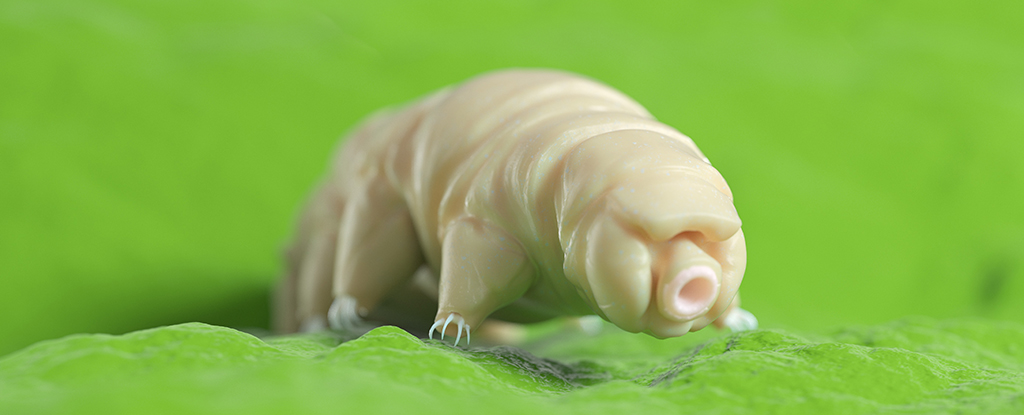cross-posted from: https://lemmy.world/post/13816618
Scientists Put Tardigrade Proteins Into Human Cells. Here’s What Happened.
Freeze 'em, heat 'em, blast them into empty space; with survival skills unlike any other organism on the planet, those hardy critters known as tardigrades will only come back for more.
Tardigrades have already shown they can survive hot and cold temperatures and high levels of radiation that would be fatal to human beings, and long periods without any water – normally so essential to life. They can even survive in space.
Previous research has revealed an impressive number of tricks that tardigrades use to stay alive, built up over hundreds of millions of years. Essentially, they’re very good at slowing the processes of life right down with the help of CAHS D, and that could be useful in human cells too.
Amazingly, when we introduce these proteins into human cells, they gel and slow down metabolism, just like in tardigrades.
Early signs are promising in several areas, including the way the proteins are smartly activated when environmental stress is present, and deactivated when it isn’t.
When the stress is relieved, the tardigrade gels dissolve, and the human cells return to their normal metabolism.



worst title ever
But actually what they did, so, not really.
Considering your username and the absolute lack of any sexy peaches, I’m left to presume you mean the opposite. 🤔